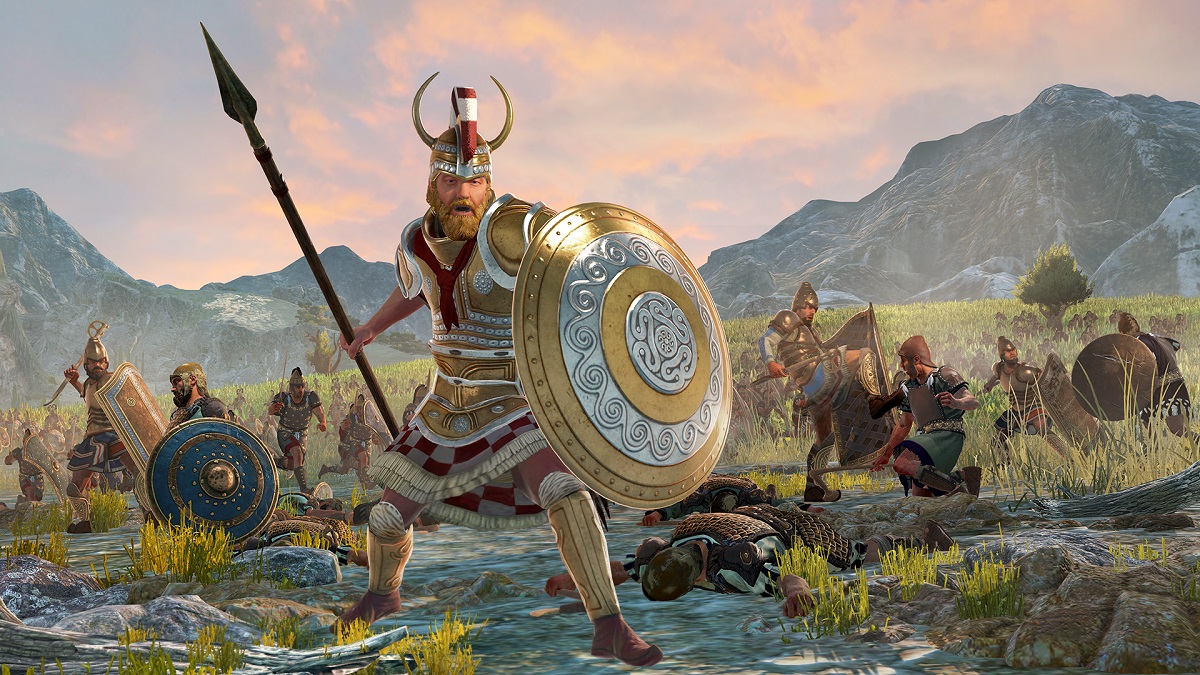Sega’s Creative Assembly studio showed me another deep gameplay demo of Total War Saga: Troy, the latest installment in a 20-year-old real-time strategy franchise that has sold more than 20 million copies. The campaign for the single-player game looks far different from what you’d expect based on the usual stories about Troy.
Over the course of about four hours, I played a few dozen turns of one of the main Greek army campaigns, led by Menelaus, the Spartan king whom Helen left to give her love to Paris of Troy, thereby sparking the mythical Trojan War. I also played some rounds of the campaign as Paris, one of eight different commanders that you can play in the PC game that debuts August 13 in the Epic Games Store.

Unlock premium content and VIP community perks with GB M A X!
Join now to enjoy our free and premium membership perks.
![]()

![]()